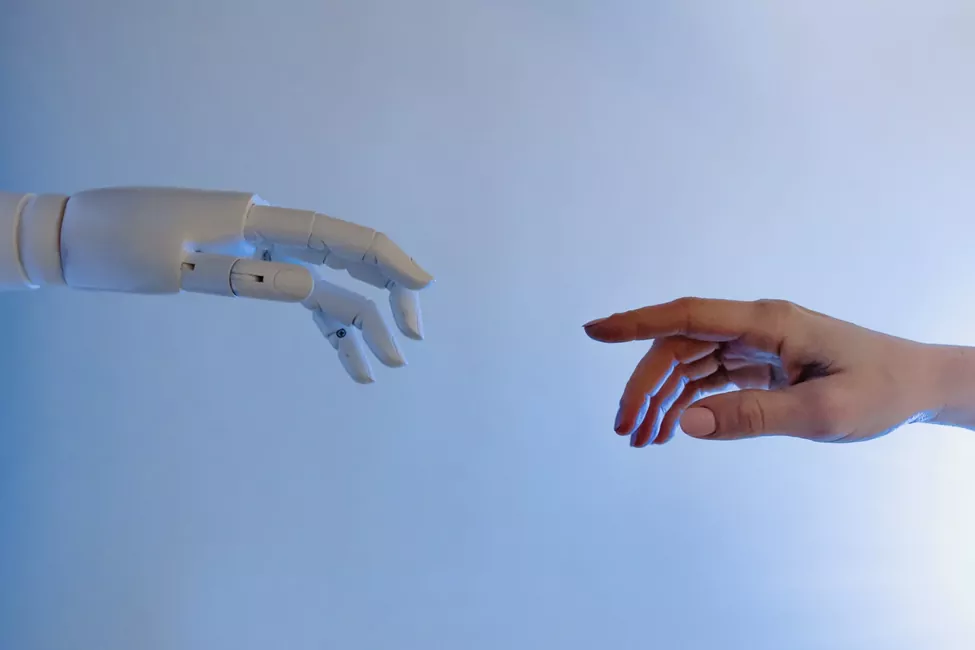Over the years, the robotics industry has continued to develop with the development of more advanced machines and robots. One such machine is Atlas, the Boston Dynamics humanoid robot that does backflips on television and in movies.
Other bots and humanoids leave people globally inspired to reach higher tech levels. People around the world have different views about robotics. Some have very high expectations of robots, especially ones with human-level intelligence. In contrast, others don’t see how significant an impact the new technologies and research could have on the industry.
Following the development in the industry, people have asked questions like how the current AI-enabled robots differ from the traditional ones, how they can change different sectors, and what to expect from the industry in the coming years.
How AI-Powered Robots Differ
Robotics started as an industry meant to make things easier but has advanced to full autonomy. AI has made it even more advanced to self-directed autonomy, enabling robots to respond to humans, handle specific tasks, and respond to the environment.
The best way to understand the robotics automation journey is by looking at automation in cars.
● Level 0 stage (No automation stage) – This is where people operate their cars and machines without any automation.
● Level 1 stage (Driver assistance level) – Automation of one task or function, but the robot does not use any environmental information to execute the task.
● Level 2 (Partial Automation) – Machines assisted with specific tasks and automated some operational decisions using environmental input. Robots, however, could not handle dealing with new objects or changes.
● Level 3 (Conditional autonomy) – Machines controlled the whole environment monitoring but still needed human attention and intervention.
● Level 4 (High autonomy) – Machines became fully autonomous in defined situations or fields.
● Level 5 (Complete autonomy) – Machines are fully autonomous in all areas and don’t necessarily need human intervention.
The Current Automation Stage
People have started using robots in different industries, and most of those are open-looped or non-feedback controlled. That means that their actions don’t depend on sensor feedback as those in level 1.
There are also collaborative robots, also known as co-bots, which are more versatile and made to work with people, and easy to program. However, they are slower and less powerful compared to the ones operating in industries. They also require humans around them for any changes in tasks and environment.
Pilot projects with AI-enabled robots, like warehouse piece picking, have started incorporating level three and four autonomy. Traditional computer vision can’t handle many objects like in e-commerce since every robot requires prior programming and every item needs to be registered.
However, robots have learned to do that with minimal human assistance because of deep learning and reinforcement learning.
Robots will encounter new products in the future, meaning they will need a human demonstration, bringing in level three automation. There will also be further improvements to algorithms that will allow robots to collect more data, entering into level four.
Robotics startups have followed the example of automation from the car industry and are adopting different autonomy approaches. Some believe in a collaborative future for humans and robots, which means focusing on level three.
While there could be a fully autonomous future, it will be hard to access the autonomy level if people skip level three and focus on levels four and five.
AI-Enabled Robots in Industries
Robots are being used in many industries, like running warehouses in semi-controlled environments. However, surgical robots or autonomous homes are still in the works and might become a reality in the future. That is because there are several uncertainties, especially in the surgical environment. As technology grows, we will experience more AI-enabled robots in different industries. Currently, there have only been around 3,000,000 robots, most of which are used in welding, handling tasks, and assembly. There have also been a few robot arms used mostly in automotive and electronics. However, very few are in industries, warehouses, and agriculture because of computer vision limitations.
Conclusion
Over the next two decades, there will be explosive growth and change in different industries brought about by robotics. That will happen as cloud computing, reinforcement learning, and deep learning unlock new robotics potential.

